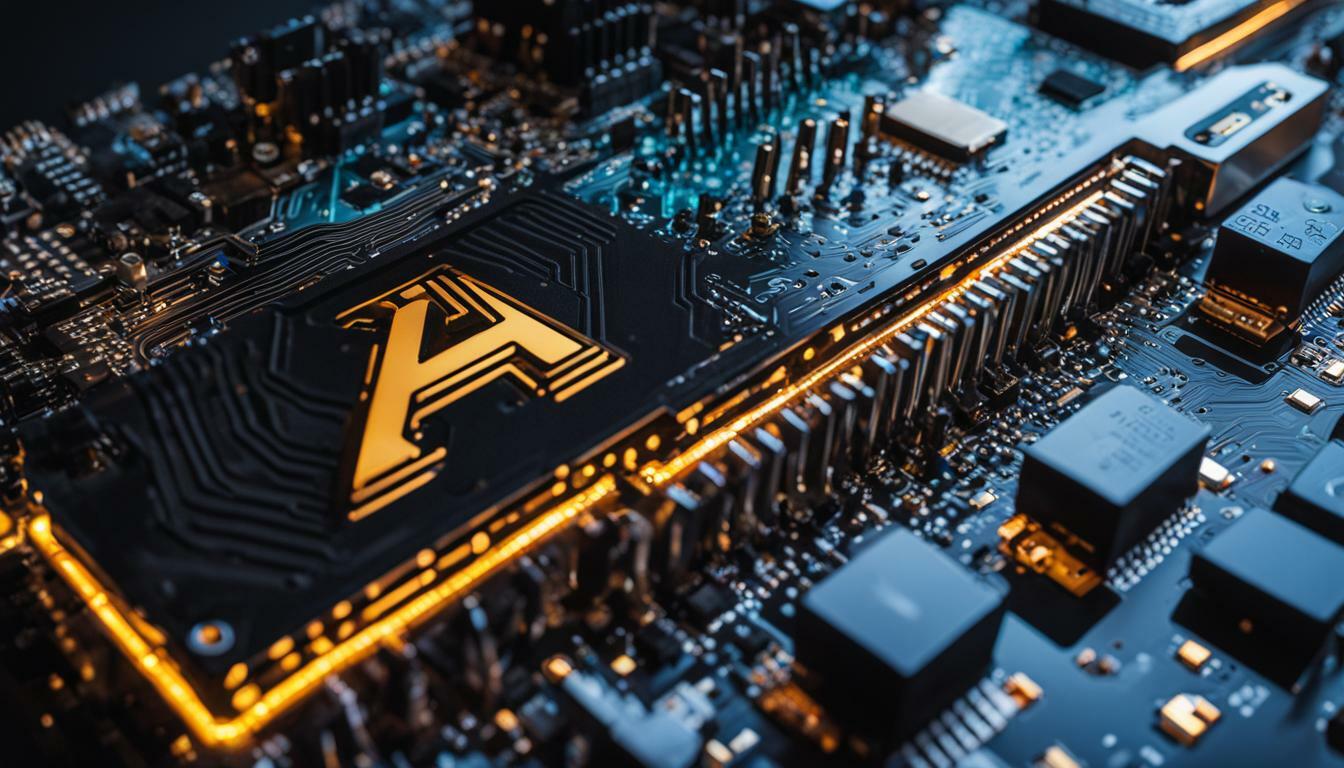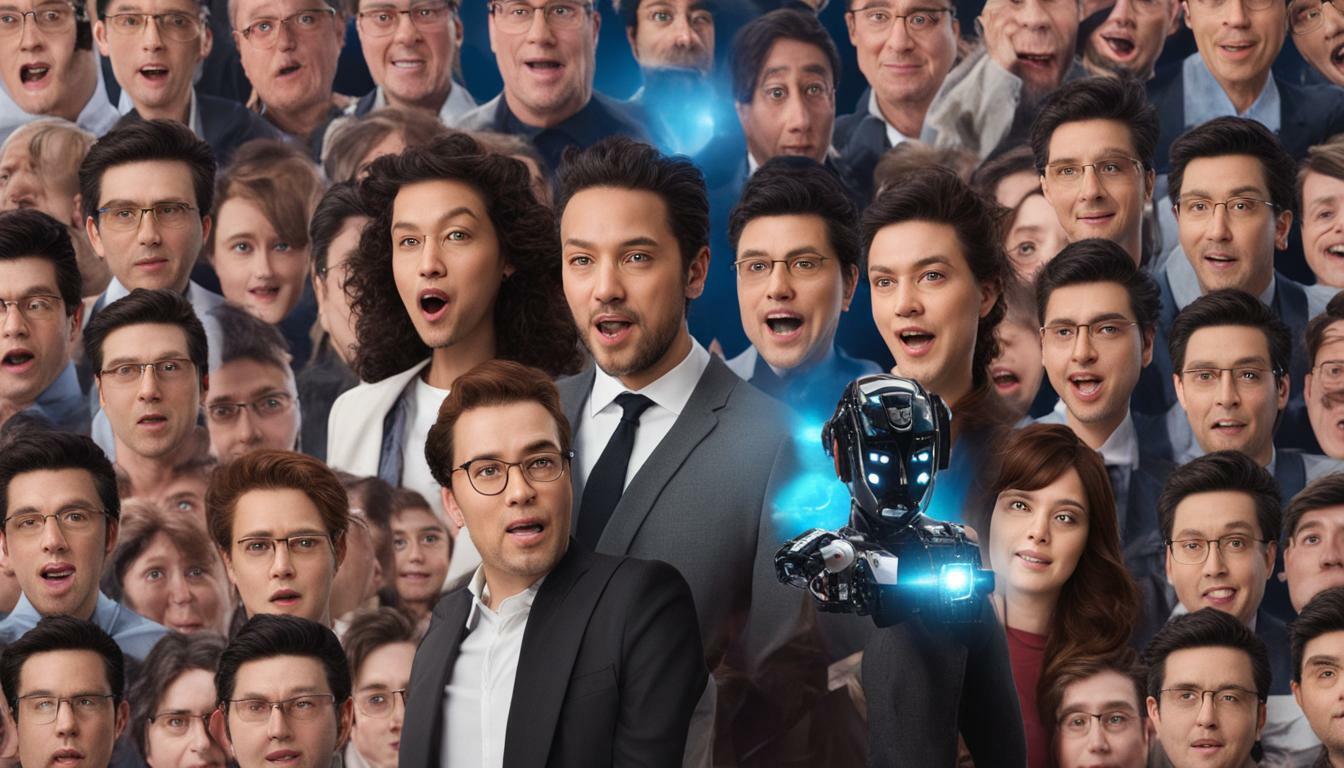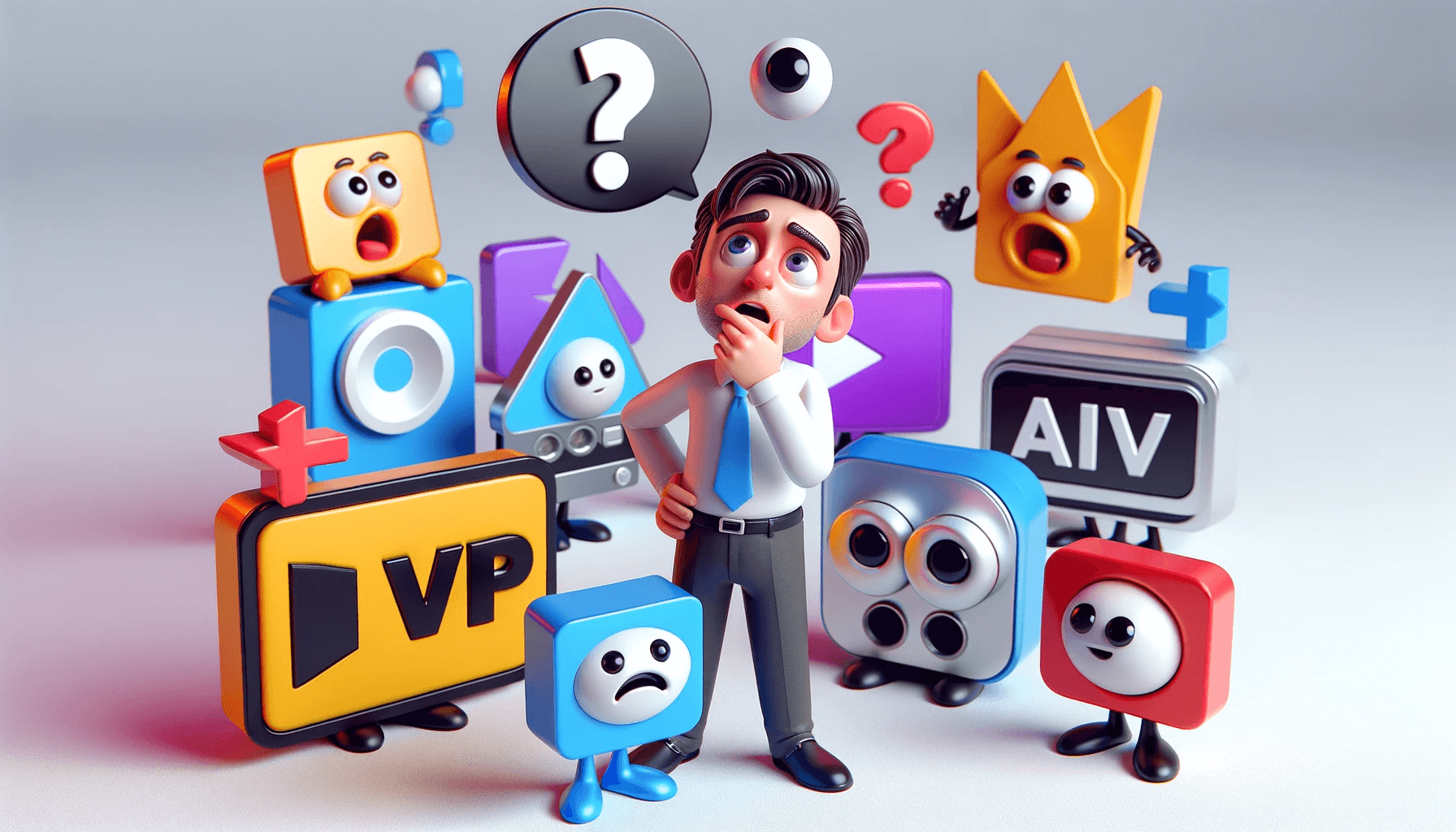Artificial Intelligence (AI) is a complex and rapidly-evolving field that encompasses various subfields, such as machine learning, natural language processing, and robotics. With so many moving parts, it’s no wonder that people often wonder whether AI is software or hardware. Well, the answer is not straightforward, as AI comprises both software and hardware components that work together to create intelligent systems.
AI software refers to the computer programs that use algorithms to analyze data, learn from it, and make predictions or decisions based on that information. On the other hand, AI hardware encompasses the specialized processors, sensors, and devices that interact with the physical world and enable machines to sense, perceive, and act.
Understanding the differences between AI software and hardware is crucial for anyone seeking to delve into this exciting field. In this article, we will explore the intricacies of AI, including its software and hardware components, and highlight how they function together to drive AI technology forward.
Key Takeaways:
- AI comprises both software and hardware components
- AI software uses algorithms to analyze data and make predictions
- AI hardware includes specialized devices to sense, perceive, and act
- Understanding the functions of software and hardware in AI is important for driving the field forward
Understanding AI Software and Hardware Components
Alright, let’s get technical! When it comes to AI, you can’t help but wonder about the software and hardware components. You might be scratching your head, wondering which one is more important, or if they are even different at all. Well, my friend, let’s clear up the confusion.
First things first, let’s compare software and hardware in the AI world. AI software refers to the computer programs that enable machines to perform intelligent tasks. On the other hand, AI hardware comprises the physical components that process data, such as microchips and GPUs.
Now, here’s the juicy part–the difference between AI software and hardware: they play different roles. While software defines what the machine does, hardware makes it happen. Think of software as the brains and hardware as the brawn. Software gives the instructions, and hardware executes them.
Another difference is in their capabilities. AI software performs complex calculations, like pattern recognition, language translation, and decision-making. Hardware excels at data processing and can perform multiple computations simultaneously, enabling faster learning and training of machines.
But don’t be too quick to judge. Software and hardware work together to create intelligent machines. You can have the best AI software in the world, but without the right hardware, it’ll take an eternity to process a single task. On the other hand, top-of-the-line AI hardware needs the perfect software to make sense of the data it’s processing.
So, there you have it! The difference between AI software and hardware. Don’t let anyone tell you they’re the same thing. They’re like peanut butter and jelly–great on their own, but even better together.
Advantages of AI Software
So you’re wondering what all the fuss is about AI software? Well, let us fill you in on the benefits that come with this technological wonder.
Firstly, AI software provides flexibility like no other. You can deploy these solutions across a variety of platforms and devices, making it easier than ever to integrate AI into your business operations.
Secondly, AI software processes data like a boss. With advanced algorithms, these tools can analyze vast amounts of data, providing insights that would take a human army months to uncover.
And finally, let’s talk about the applications of AI software. From healthcare to finance, retail to transportation, there’s no limit to the industries that can benefit from this technology. With AI software, you can automate repeatable tasks, streamline complex processes, and even improve customer experiences.
So, whether you’re a business owner, developer, or just a curious onlooker, it’s clear that AI software is the way of the future. Don’t get left behind!
Advantages of AI Hardware
Congratulations, oh tech-savvy one! You’ve made it to the hardware section, where the real magic happens. AI hardware is where the rubber meets the road and where you’ll find some serious advantages over its software-based counterparts. Let’s dive in!
| Advantage | Description | Application |
|---|---|---|
| Specialized Hardware Accelerators | Designed specifically for AI tasks, accelerators can dramatically improve performance by processing data in parallel. | Facial recognition, natural language processing, and other complex AI functions. |
| AI Processors | Processors optimized for AI operations can speed up tasks by orders of magnitude over general-purpose CPUs. | Image and speech recognition, autonomous vehicles, and other computationally intensive applications. |
| Improved Efficiency | Hardware designed for AI tasks can reduce power consumption, making it more energy-efficient than traditional computing architectures. | Mobile devices, smart homes, and other applications with limited power and processing resources. |
“AI hardware accelerators are like rocket boosters for your AI software. Strap them on and watch your performance soar!”
As you can see, AI hardware offers a range of advantages that are hard to ignore. Whether you’re looking for faster processing, improved efficiency, or specialized hardware designed for specific tasks, there’s an AI hardware solution out there for you.
The applications of AI hardware are vast and varied, ranging from robotics and autonomous vehicles to edge computing and beyond. The possibilities are limitless, so get out there and start exploring!
The Collaboration between AI Software and Hardware
Okay, so we’ve talked about AI software and hardware separately, but let’s get real, they’re an unstoppable duo. It’s like Batman and Robin, minus the costumes and gadgets (although, let’s be real, AI hardware is pretty darn cool).
Here’s the deal, AI hardware gives AI software the power it needs to perform complex calculations at lightning speeds. Meanwhile, AI software enables hardware to perform specific tasks without human intervention. It’s a symbiotic relationship, people.
Think of it this way: AI software is the brain, and AI hardware is the brawn. But instead of fighting crime, they’re revolutionizing industries and changing the world.
Without this collaboration, we wouldn’t have self-driving cars or voice-activated assistants. We wouldn’t be able to use facial recognition technology or detect fraud with such accuracy. AI technology is only possible because of the collaboration between software and hardware.
So, if you’re still wondering whether AI is software or hardware, the answer is both. But it’s not just a matter of choosing one or the other. It’s about harnessing the power of both to create something truly extraordinary.
The Future of AI: Software, Hardware, and Beyond
So, you’ve learned about the differences and advantages of AI software and hardware. But what does the future hold for these components?
Well, my friend, the possibilities are infinite. With advancements in AI technology, both software and hardware are continuously evolving and pushing the boundaries of what we thought was possible.
Emerging Trends
One emerging trend is edge AI, which focuses on bringing AI processing closer to the source of data, instead of relying solely on cloud computing. This has the potential to increase efficiency and reduce latency in AI applications.
Another exciting development is neuromorphic computing, which mimics the structure and function of the human brain to enhance AI processing and decision-making capabilities.
The Future of AI Applications
The applications of AI software and hardware will only continue to expand and innovate. In the healthcare industry, AI-powered systems can assist in diagnosing and treating illnesses. In the agriculture sector, AI can optimize crop yields and reduce waste. The possibilities are truly endless.
And let’s not forget about the potential of AI in the entertainment industry. With the rise of virtual and augmented reality, AI can create immersive and interactive experiences for users.
Conclusion
The future of AI is bright, my friend. With advancements in software, hardware, and beyond, the possibilities for innovation and progress are endless.
So, whether you’re a software engineer or a hardware enthusiast, keep your eyes peeled for the latest developments in AI technology. Who knows what the future holds?


![15 Best Affiliate Recruitment Software Tools [2025 Update] - 15 Best Affiliate Recruitment Software Tools [2025 Update] -](https://www.toptut.com/wp-content/uploads/2024/01/affiliate-recruitment-software-1.png)







Comments 1
Comments are closed.